I am trying to find correct fuse for this application.
The purpose of it is to protect current-limiting resistor in case the relay fails to engage. Coincidentally, blown fuse will also prevent further system activation by cycling main power switch, until the problem is fixed and fuse replaced.
In this circuit the only time current flows through the fuse is when battery is connected. The maximum current is limited to 7-9A (depending on battery charge) by the resistor. However as power capacitors get charged the current quickly drops, and the relay removes fuse/resistor from circuit completely in about 0.1 sec.
Q: Am I correct that current rating of the fuse is pretty much irrelevant in this case, due to very short pulse?
It seems that I2t is defining characteristic here. Unfortunately it cannot be used directly either, as current is not constant. Complicating the matter is that main switch can be triggered several times in a row. The capacitors take about 5 sec to discharge to under 1V, so repeated switching on/off will produce additional power surges.
Any advice on the correct math to be used? I am planning to use 5STP series from Bell Fuse. The requirements are: a) to survive repeated pulses of up to 0.1 sec @ 10A with about 2 sec cool down in between without degradation, and b) to blow when 7A or more is applied continuously for longer than 0.5-1 sec.


